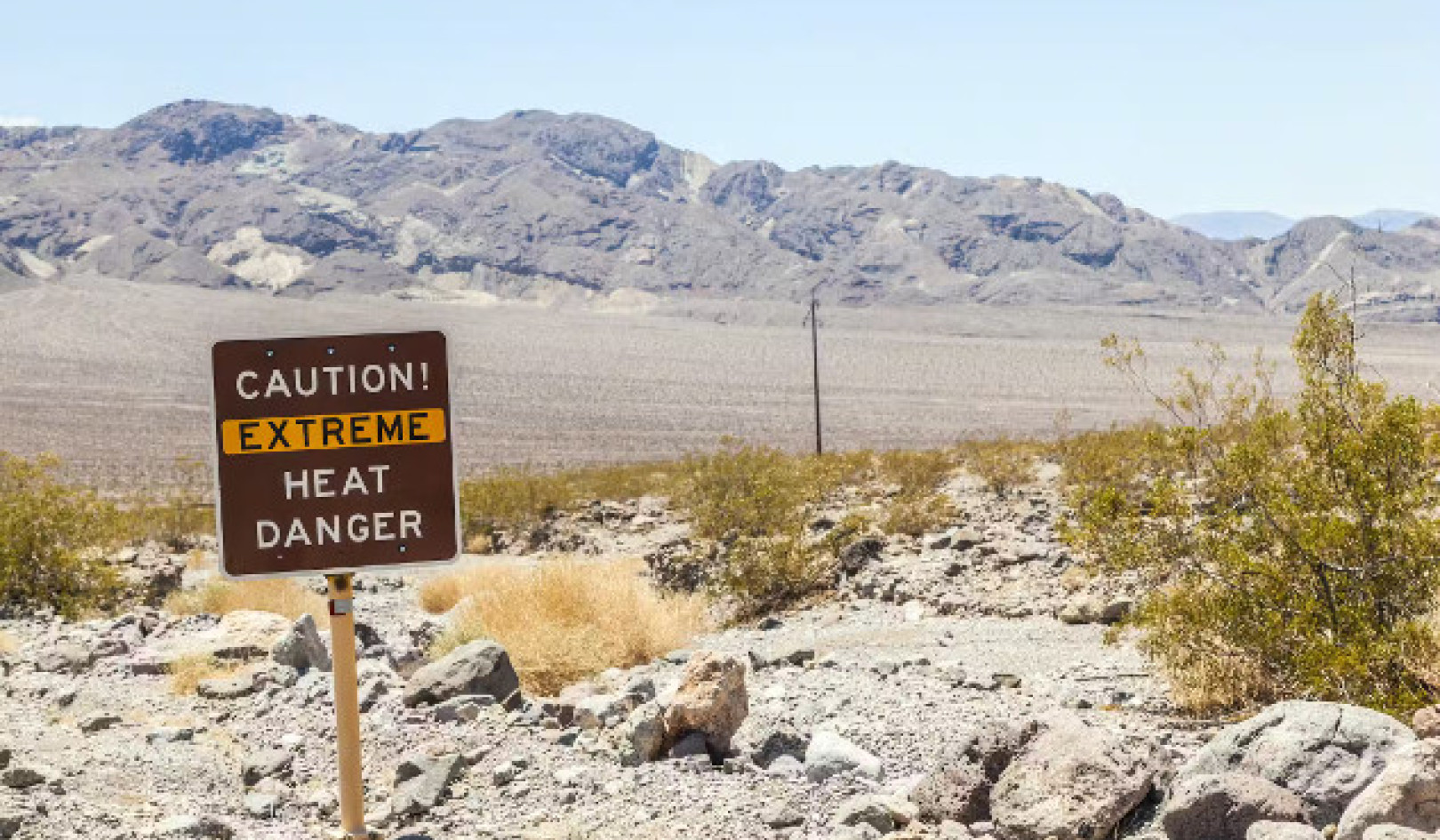{vembed Y=QbZKP4UAtL8}
Nzambi Matee of Kenya is one of the 2020 “Young Champions of the Earth” winners selected by the United Nations Environment Program (UNEP). Matee’s young company, Gjenge Makers, takes plastic waste and turns it into building materials. According to Matee, using sand and a mixture of plastic waste can produce bricks, manholes, and tiles that are stronger than traditional concrete materials used for construction. Matee boasts that “Our product is almost five to seven times stronger than concrete.” What’s more, Matee’s recycled bricks are lighter and cheaper than more traditional construction products. This makes the entire supply chain of construction cheaper because transportation costs are greatly lowered, and obviously the materials themselves are cheaper.
The 29-year-old’s company is able to create “1,000 to 1,500 plastic products” in a day, and the target for her environmental entrepreneurialism is people in need of shelter. “It is absurd that we still have this problem of providing decent shelter – a basic human need. Plastic is a material that is misused and misunderstood. The potential is enormous, but its after life can be disastrous.” The business has already been certified by the Kenyan Bureau of Standards and as plastic is a problem facing not only Kenya but the world, Matee’s innovation could have far-reaching effects.
According to Matee, just in Nairobi alone—which is Kenya’s largest city with a little less than five million residents—there are 500 metric tons of plastic waste generated every day. Matee’s business is small. Using three machines, her team sifts, mixes, and compresses the sand of plastic waste into pavers at very high heat. As Matee explains, big businesses need to pay to have their plastic waste recycled and Gjenge Makers takes that problem out of their hands—something those companies are very happy to give up. Gjenge Makers has recycled about 20 metric tons of plastic into reuse since 2017, with a goal of recycling upwards of 50 metric tons this coming year. This is a small fraction of what could be done, but it is a new company with a solid idea.
According to UNEP, Matee majored in material science and worked in the Kenyan oil industry as an engineer for many years. The inspiration for her business came from seeing plastic bags lying about Nairobi streets in her every day life. It took her a year of sinking her savings into research and development of how she could produce the building materials she desired before she made headway. Using early samples of her pavers, Matee was able to win a scholarship in the United States for new entrepreneurs, allowing her to use “material labs in the University of Colorado Boulder to further test and refine the ratios of sand to plastic.” This experience allowed her to not only refine the product itself but figure out ways she could produce a higher quantity of pavers. After three years and burning through her entire savings, she was able to produce her first batch.
So far Matee’s business provides pavers for footpaths, streets, and schools, but she hopes that with time her company can produce even more, less expensive building products. According to Reuters, the plastics Matee can use in her bricks include “high density polyethylene, used in milk and shampoo bottles; low density polyethylene, often used for bags for cereals or sandwiches; and polypropylene, used for ropes, flip-top lids and buckets.” She does not work with polyethylene terephthalate, the plastic frequently found in bottled water.
Matee’s profile on United Nations Environment Program says that Matee also pays individuals in the community for collecting and providing plastics for Gjenge Makers to use. “We have financially empowered over 112 individuals the majority of whom are women and youth groups who are our partners in supplying the waste plastic and the pre-processing stage of our production process.”
The UNEP award will give her company an infusion of money as well as a mentorship program, publicity, and connections with a larger international community of potential investors and partners.
This article originally appeared on Daily Kos
Books on The Environment from Amazon's Best Sellers list
"Silent Spring"
by Rachel Carson
This classic book is a landmark in the history of environmentalism, drawing attention to the harmful effects of pesticides and their impact on the natural world. Carson's work helped to inspire the modern environmental movement and remains relevant today, as we continue to grapple with the challenges of environmental health.
Click for more info or to order
"The Uninhabitable Earth: Life After Warming"
by David Wallace-Wells
In this book, David Wallace-Wells offers a stark warning about the devastating effects of climate change and the urgent need to address this global crisis. The book draws on scientific research and real-world examples to provide a sobering look at the future we face if we fail to take action.
Click for more info or to order
"The Hidden Life of Trees: What They Feel, How They Communicate?Discoveries from A Secret World"
by Peter Wohlleben
In this book, Peter Wohlleben explores the fascinating world of trees and their role in the ecosystem. The book draws on scientific research and Wohlleben's own experiences as a forester to offer insights into the complex ways that trees interact with one another and the natural world.
Click for more info or to order
"Our House Is on Fire: Scenes of a Family and a Planet in Crisis"
by Greta Thunberg, Svante Thunberg, and Malena Ernman
In this book, climate activist Greta Thunberg and her family offer a personal account of their journey to raise awareness about the urgent need to address climate change. The book provides a powerful and moving account of the challenges we face and the need for action.
Click for more info or to order
"The Sixth Extinction: An Unnatural History"
by Elizabeth Kolbert
In this book, Elizabeth Kolbert explores the ongoing mass extinction of species caused by human activity, drawing on scientific research and real-world examples to provide a sobering look at the impact of human activity on the natural world. The book offers a compelling call to action to protect the diversity of life on Earth.




















